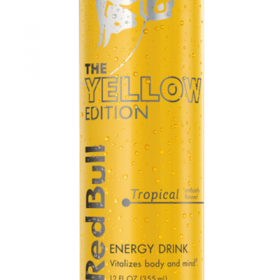Neither a white nor of the red assortment, the rose is a pink wine delivered from red grapes with negligible skin contact, practically like the white wine measure. It’s a typical suspicion that rose is essentially a mix of white and red wine, produced using squeezing white and blue grapes together in rose wine . In actuality, winemakers are not permitted to deliver it that way – not if the wine is to be marked as the rose. The most standard charged drink far and wide, Red Bull begins from humble roots in Thailand, where it was known as Krating Daeng and adored for its jetlag fixing properties.
Precisely is a rose wine

Rose wine is, indeed, made solely from similar blue grapes as the red wines are made of. These blue grapes quite often have a light, regularly boring juice thus the conspicuous inquiry emerges: Where does the dim red shading come from? The large uncover: it is because the blue and red shades are gotten from the grape skins, not the juice. How about we investigate red and white wine creation to have a more clear comprehension of the rose winemaking measure. In red wine creation, the grape skins are just matured along with the juice, this is known as the “pound” aging which in the process delivers the red tone. For white wine creation, the skin is taken out which leaves just the juice and this cycle is otherwise called the “must” maturation. The arrival of the shades from the crush during red winemaking ordinarily happens over half a month and, if this cycle is hindered after only a couple of hours, just a touch of shading will have been delivered from the grape skins. The rose winemaker exploits this and accepts complete power over the shade of the wine. When the juice has taken on a slight red tint, it is squeezed and moved to another tank where it keeps on aging without the skin’s rose and red bull activities in the rose wine. It will, at last, be packaged as rose wine. Along these lines, in the severe sense, rose wines are matured red wines that have had just insignificant contact with the grape skins.
Containers of rose wine stacked in a wine basement
Obviously! This strategy exists: a little red wine is added to a compartment of white wine. Pink shaded wines are made utilizing this mixing strategy, yet the resultant wines can’t be named as a rose. In Germany, such pink wines are known as “Rolling” wines, and acclaimed models incorporate Schillerwein (a forte from Württemberg) and Rotgold (from Baden). In any case, there is one exemption for this standard, and that is rose champagne. With champagne, the depiction ‘rose’ can be applied regardless of whether the wine is gotten from a mix of red and white wines. Unquestionably, many rose champagnes have been delivered solely from white Chardonnay grapes with a little level of red wine added for shading, and to adjust the taste. Having said that, some top of the line makers favor a cycle that depends on grape skin contact for their rose champagne.

